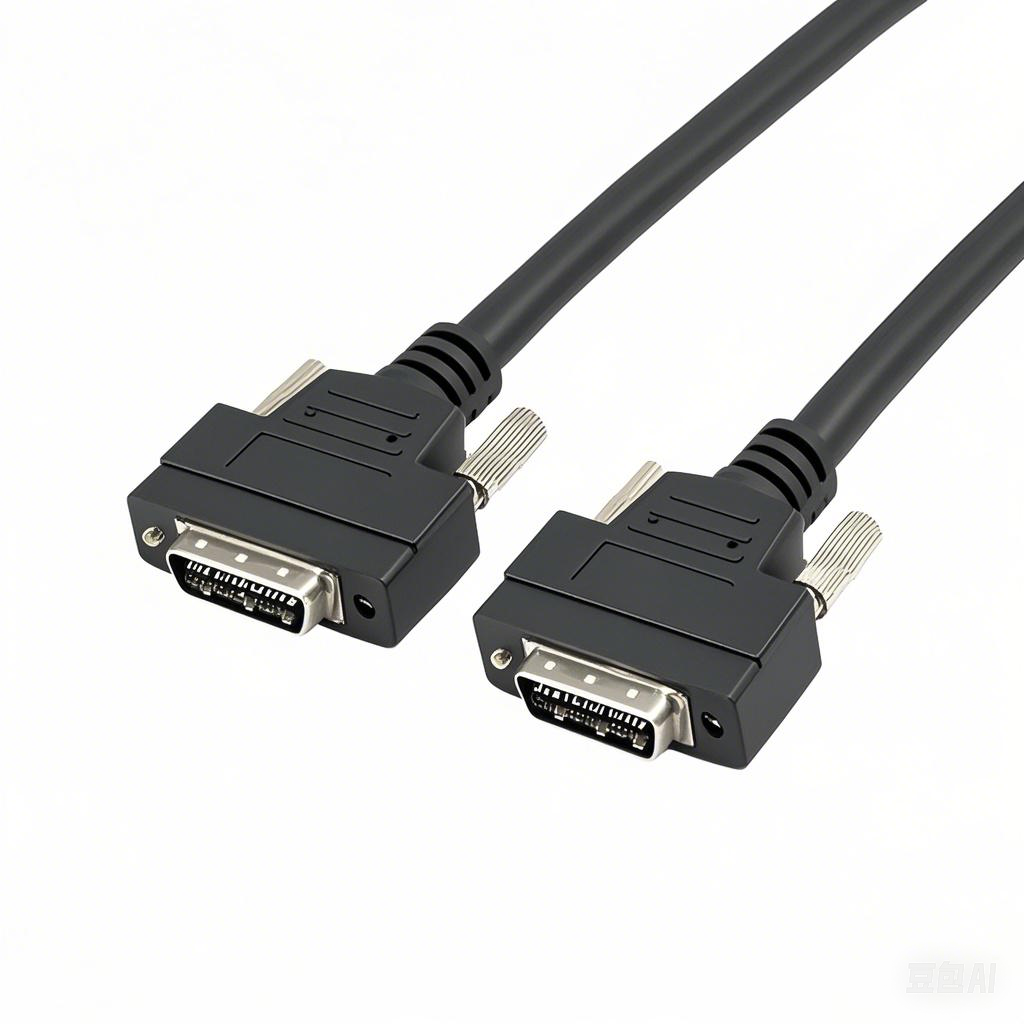How Temperature Affects Machine Vision Cable Performance: A Critical ...
Machine vision systems are the eyes of modern automation, driving quality control, robotics, and precision assembly. Yet, even the most advanced cameras and processors can falter if a critical, often overlooked component fails: the cable. Temperature fluctuations in industrial environments pose a significant challenge to cable integrity and signal transmission. Understanding how temperature impacts machine vision cable performance is vital for ensuring system uptime, image quality, and long-term reliability.
1. Material Deterioration: The First Line of Defense Breaks Down
- Extreme Cold (Low Temperatures): Many standard cable jackets and insulation materials (like PVC or certain PUR formulations) become brittle and inflexible below their designed temperature rating. This drastically reduces the cable’s flex life – its ability to withstand repeated bending without cracking or breaking. Cracks expose internal components to abrasion, chemicals, moisture, and EMI/RFI interference, leading to premature failure.
- Extreme Heat (High Temperatures): High temperatures accelerate the degradation of polymers. Jackets and insulation can soften, become sticky, deform permanently (especially under tension), and lose mechanical strength. This compromises crush resistance and abrasion resistance. Over time, sustained heat dries out plasticizers in materials like PVC, making them brittle again. Excessive heat can also melt adhesives holding foil shields in place, compromising shielding effectiveness.
- Thermal Cycling: Environments experiencing constant swings between hot and cold (like near ovens, freezers, or welding stations) are particularly punishing. Repeated expansion and contraction of materials at different rates cause “pumping” at connectors, stress fatigue in conductors and shielding, and progressive deterioration of jacket adhesion, ultimately leading to cracks and micro-fractures.
2. Signal Integrity Degradation: When Data Gets Compromised
- Conductor Resistance: Copper conductors increase their electrical resistance as temperature rises (typically measured as the Temperature Coefficient of Resistance). Increased resistance leads to higher signal attenuation (signal loss), particularly problematic over longer cable runs and at higher data rates (e.g., Camera Link HS, CoaXPress-over-Twinax). This can cause flickering images, increased noise, synchronization errors, or complete dropouts.
- Insulation Properties: The dielectric constant of the insulation material separating conductors (especially critical in differential pairs for GigE Vision, USB3 Vision) can change with temperature. This affects the cable’s impedance and signal propagation speed. If unmatched across a multi-pair cable or different cable sections, it can cause signal reflections (return loss), leading to image artifacts (jitter, blurring) and unreliable data transmission.
- Capacitance and Impedance: Cable capacitance can also drift with temperature changes. Combined with resistance changes and dielectric effects, this alters the cable’s characteristic impedance. Significant deviation from the standard impedance (often 50Ω or 75Ω for coax, 100Ω for twisted pair Ethernet) causes signal reflections, degrading signal quality and potentially causing compatibility issues.
3. Shielding Effectiveness Reduction: Letting Noise In
- Both foil and braided shields are affected. High temperatures can weaken solder joints at connectors where shields terminate and cause adhesives securing foil shields to fail. Physical deterioration like cracked jackets also exposes shields. Cold can make braids stiffer and potentially less conformable at connector interfaces. The net result is reduced EMI/RFI shielding effectiveness. Increased electromagnetic interference manifests as noisy images, streaking, or unpredictable communication errors in the vision system.
4. Connection Issues: Points of Vulnerability
- Expansion/Contraction: Repeated thermal cycling causes conductors, shields, and connector components to expand and contract at different rates. This stresses solder joints and crimp connections within the cable plug and at the interface with the camera/PC port, potentially leading to intermittent open circuits or shorts.
- Jacket Sealing: Brittleness or cracking at connector strain relief areas due to cold or embrittlement from heat allows moisture and contaminants ingress, leading to corrosion at critical electrical contacts.
Mitigation Strategies: Selecting the Right Cable for the Environment
Choosing cables designed specifically for the operating temperature range and thermal stress profile of the environment is paramount:
- Know Your Temperature Range: Identify the minimum and maximum ambient temperatures, potential proximity to heat sources (motors, ovens), and expected thermal cycling frequency.
- Specify High/Low-Temperature Materials: Look for cables explicitly rated for wide temperature ranges (e.g., -40°C to +80°C, +105°C, or even +125°C is common for industrial machine vision cables). High-quality, flexible materials like specialized PUR (Polyurethane), TPE (Thermoplastic Elastomer), or sometimes POC (Polyolefin Copolymer) jackets offer superior cold flexibility and higher heat resistance than standard PVC.
- Conductor & Insulation Choice: Higher purity copper ensures better baseline conductivity. Insulation materials like Foamed Polyethylene or special polymers can offer more stable dielectric properties over temperature ranges than PVC. Check datasheets for attenuation vs. temperature curves.
- Robust Shielding: Durable, well-bonded foil shields combined with high-coverage (≥85%) tinned copper braids offer excellent flexibility and reliable shielding across temperatures. Ensure proper shield termination methods (e.g., 360-degree clamping) at connectors.
- Quality Connectors: Connectors rated for the same environmental conditions as the cable, with robust strain relief and reliable shield termination. IP67-rated connectors offer vital protection if moisture or dust ingress is possible due to temperature-induced jacket issues.
- Consider Cable Construction: Designs minimizing internal friction (smooth inner jackets, optimized fillers) generate less heat during flexing and handle thermal expansion better. Low-friction jackets prevent sticking when bundled.
Conclusion
Temperature is a relentless environmental factor that can critically undermine the performance and lifespan of machine vision cables, leading to costly downtime, image degradation, and troubleshooting headaches. By understanding the mechanisms of thermal damage – from material brittleness and electrical resistance increases to shield degradation and connection failures – system integrators and maintenance engineers can make informed decisions. Investing in machine vision cables specifically engineered for the temperature demands of your application isn’t an optional extra; it’s fundamental insurance for achieving the reliable, high-performance vision systems modern industry requires. Always consult cable datasheets for detailed temperature ratings and environmental specifications.











